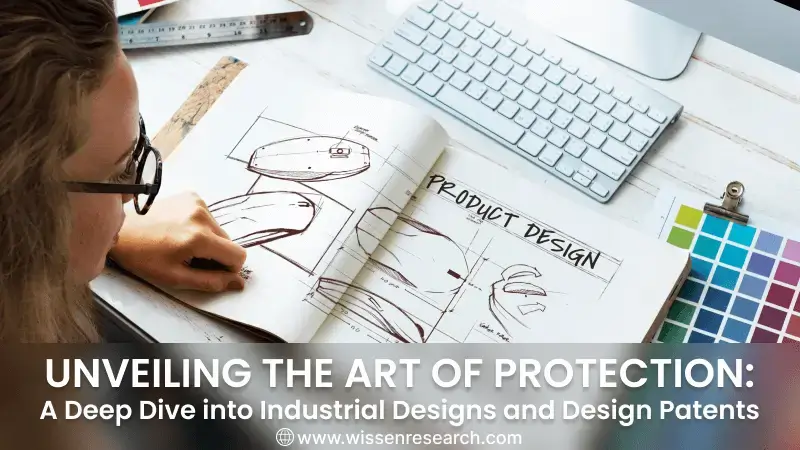Subscribe our newsletter
Please Subscribe our news letter and get update.


Within the domain of intellectual property, industrial designs emerge as a vital component of design patents, significantly contributing to the preservation of innovative creations’ unique visual appeal. Unlike utility patents that predominantly address functionality, industrial designs centre on the ornamental aspects, emphasizing aesthetics and visual attraction.
Essentially, these designs serve as protectors of a product’s distinctive appearance, ensuring that it retains its originality and remains easily identifiable. The industrial significance of such designs extends beyond mere aesthetics, influencing market dynamics by encouraging uniqueness and contributing to the overall visual identity of products.
In the world of intellectual property, where utility patents often take the spotlight, the importance of industrial designs cannot be overstated, as they promote innovation and provide businesses with a competitive edge by safeguarding the distinctive visual elements of their products across international borders.
This blog aims to shed light on design patents, specifically focusing on industrial designs and their significance in the world of intellectual property.
Design patents safeguard the visual aspects rather than the functional features of an invention. This protection extends to the ornamental or aesthetic design of an article, granting inventors and designers exclusive rights over its visual characteristics.
Design patents prioritize the aesthetic appeal, ensuring creators retain control over the unique appearance of their innovations. In the United States, this protection typically spans a period of 15 years, offering a finite yet valuable window for creators to capitalize on their creative designs.
Industrial designs refer to the ornamental or aesthetic aspects applied to articles of manufacture, encompassing both two-dimensional and three-dimensional features. These designs are not limited to artistic works but extend to any visually appealing configuration applied to a product. Industrial designs play a crucial role in shaping consumer preferences and influencing purchasing decisions.
Protection Against Replication: Design patents serve as a formidable deterrent against imitators and counterfeiters, erecting barriers against the unauthorized replication of a product’s visual elements.
Market Advantage: Possessing a design patent confers a distinct market advantage, as consumers are invariably drawn to products distinguished by their unique and aesthetically pleasing features.
Asset Value: Design patents augment the intellectual property portfolio of a company, contributing substantively to its overall valuation.
In the domain of intellectual property, design patents stand as protectors of creativity, preserving the unique visual identity of innovative products. Industrial designs, with their focus on the fusion of form and function, play a pivotal role in shaping the aesthetics and functionality of everyday items. As businesses continue to innovate, understanding and leveraging the power of design patents becomes essential for securing a competitive edge in the market and fostering a culture of creativity and innovation.
In conclusion, unique design is crucial for brand value, market differentiation, and consumer perception. Wissen Research offers Design Patent Search service that not only saves time and money but also ensures an accurate analysis of design patents. Utilizing advanced search tools and a detailed process with quality checks, we help safeguard your unique designs, providing a competitive edge in the marketplace. Choose Wissen Research to elevate and protect the essence of your intellectual property in the competitive landscape.
Please Subscribe our news letter and get update.
© Copyright 2024 – Wissen Research All Rights Reserved.